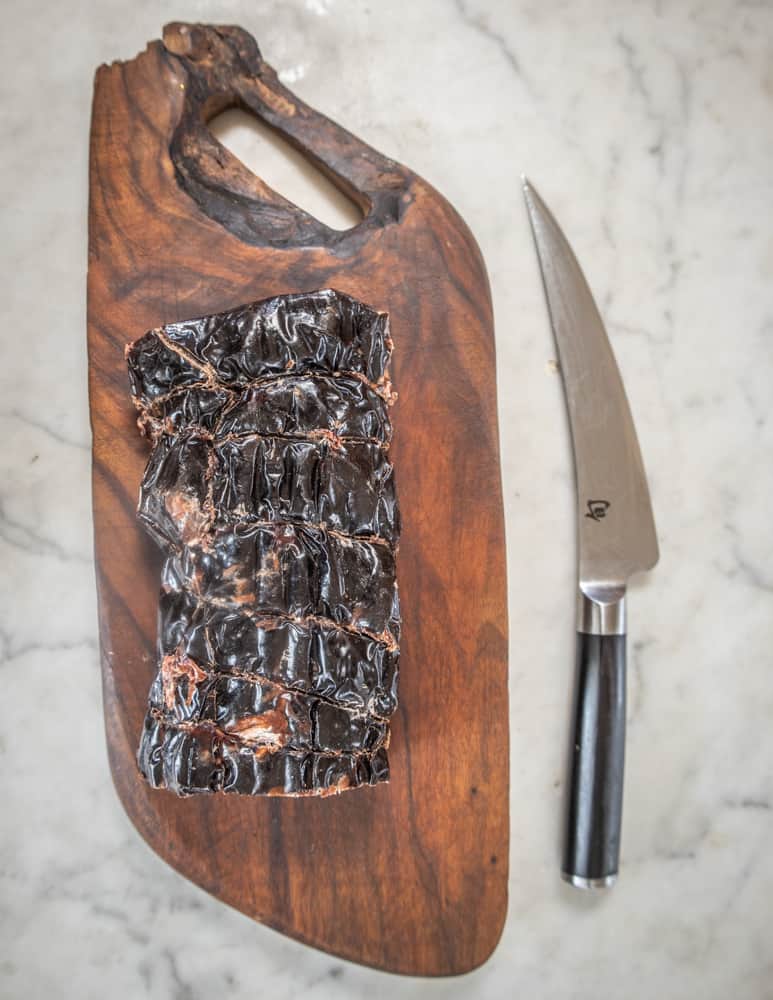I've really enjoyed dry-aging all kinds of meats in my Umai Dry aging bags, especially the whole legs I've done, so it was only a matter of time before I tried out the process on the most prized cut of venison: the backstrap.

Unfortunately, I can't recommend them as there was too much waste. The visuals make a good example of why I don't think dry aging backstraps is economical.

Being familiar with the process of dry-aging and having some ideas about how backstraps would perform, I hedged my bet and went out of my way to source some elk New York strip instead of taking a backstrap off of a white tail deer.
The biggest reason being that elk muscles are larger than whitetail deer, and I knew there would be a fair amount of trimming after the meat had aged. The bigger the muscle, the larger amount of meat left to cook after trimming.

The results were delicious, but when you consider the time commitment and the large amount of trim, it isn''t really worth it. Backstraps are a very lean cut of meat, without the low-moisture fat and bone around them you'll get on something like a whole leg that can help reduce the trimming after aging, which means the bark is thick and there's a lot of it.

That being said, the finished product was still really good, and might be an option for people that have lots of backstraps, or, more likely, are professional chefs looking for rich, intense flavors in a small package.
If you're interested in dry-aging, but don't want to do it with backstraps, aging a whole leg is a great alternative that will involve less trim. See my original post on dry-aging venison in Umai Dry bags here.

Flavor Notes
After aging, the meat is dense as it's lost a lot of water. You'll be able to taste the difference in texture, and it makes it a good candidate for cutting into small cubes, seasoning and serving as tartare.
- Cutting thin slices and serving as sashimi was also another preparation I liked.
- As the meat is dry, it will sear more quickly than non-aged meat.
- Less is more here, grilling or searing a 3-4 oz portion for a serving, and resisting the urge to serve it with sauces or lots of garnishes will be the best way for the flavor of the aged meat to shine.

Donald Nuckel
You’re the man Alan - I’m making Nilgai back straps right now with a hedgehog fricassee. I think they would be a could use for what the dry age considering how big they are.
Alan Bergo
Thanks Donald. Haven't had nilgai yet but I know Hank Shaw has been cooking a lot of them. Yeah the dry aging here is only really for larger cervids etc, whitetails and blacktails would be too small.